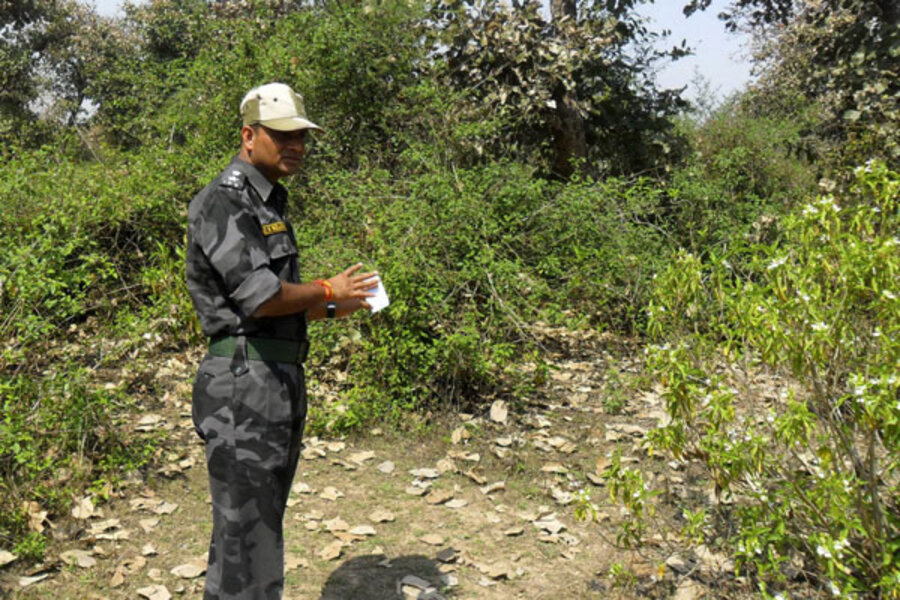Latest gang rape in India highlights risks for women, this time foreigners
Loading...
| New Delhi
The gang rape of a Swiss tourist in India, as she camped overnight with her husband in a forest in central India, follows by a few months the brutal gang rape of an Indian student in New Delhi that held international attention for weeks.
While the New Delhi case put the spotlight on violence against young Indian women, the case of the Swiss tourist highlights similar risks – heightened by stereotypes of Western women as "loose" – for foreigners in India.
The couple were on a cycling trip from the 16th-century town of Orchha to Agra, the city of the Taj Mahal, a distance of 146 miles. They camped overnight in the Datia district of Madhya Pradesh state, where a group of eight to 10 men attacked them and tied up the man as four of them raped the 39-year-old woman.
“Thousands of women tourists come to our state, and we have already made three arrests in this case,” Nandan Dubey, the director general of police, Madhya Pradesh, told the Monitor. “This unfortunate case happened in an area that is not a regular camping site and tourists are encouraged to inform the local police of their presence in such areas.”
He added that the police had recovered the couple's cellphones and laptop, which had been stolen in the attack.
The three arrested so far are Vishnu Kanjar, Ram Kanjar, Gaja Kanjar. All three hail from the Kanjar community, a group branded by the British as one of the "criminal tribes" and that continues to face both social stigma and some organized criminality within its ranks. A local journalist in nearby Gwalior said that the area was not safe for anyone to camp overnight away from the main road, let alone for foreigners.
Rapes of foreign tourists in India have captured headlines in recent years.
In the tiger sanctuary of Bandhavgarh in the same state, a hotel manager had raped a South Korean tourist in January this year, and a foreign tourist became was date raped in Delhi in February. In 2010, two Dutch women were raped repeatedly over months by men posing as tourist guides. In 2008, the rape and murder of a British teenager in the coastal state of Goa, popular with tourists, had made international headlines.
Women tourists in India often complain of sexual harassment over and above even what women in India generally face.
“It is true that foreign women are considered ‘loose’ and targeted because they are strong,” says Kamla Bhasin, who runs the South Asian Network of Gender Activists and Trainers. “But in India men even rape 2-year-old girls. We should not emphasize that the accused in the case were Kanjars because all kinds of men commit rape. Any man who commits rape is sick and needs help, but the group rape points to another reality – that the partnerships of such men are based on the idea of committing violence.”
Soudeh Jamshidian, an Iranian PhD student in Canada, is currently staying in Delhi for research and plans to travel extensively. She says that the actual experience of India is not as scary as the fear that such news reports instill. “I don’t really feel unsafe but there are dos and don’ts you need to follow here,” she says. “For instance you don’t venture out alone after dark.”








